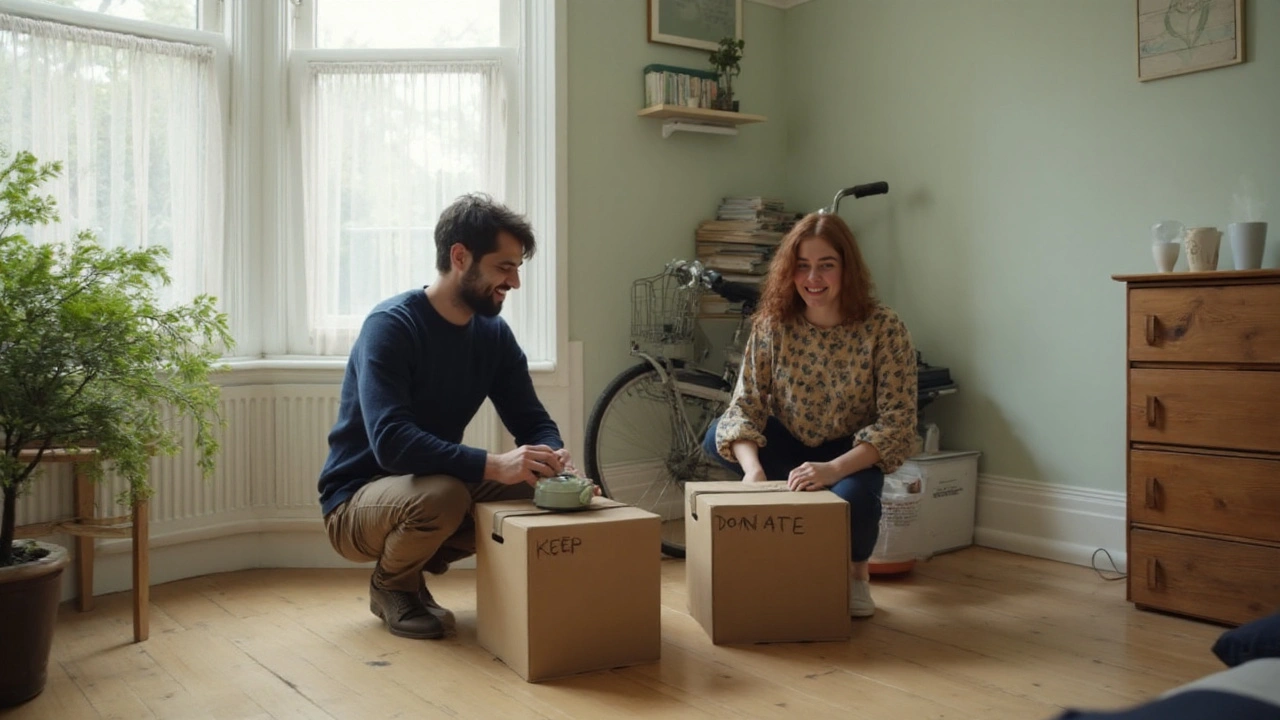Intentional Living: Simple Design Tips to Shape Your Home
Ever feel like your house is just a place to crash, not a place that supports what you care about? You’re not alone. Intentional living means choosing design, tech, and décor that line up with your values and daily habits. Below are easy, real‑world ideas you can start using today, no matter if you’re into cutting‑edge gadgets or classic craftsmanship.
Smart Choices for Everyday Comfort
Start with the things that affect your wallet and wellbeing the most—energy use, privacy, and convenience. High‑tech architecture isn’t sci‑fi; it’s about smart thermostats, automated lighting, and adaptive walls that react to daylight. A step‑by‑step plan can look like this: replace an old thermostat with a programmable model, add motion‑sensor lights in hallways, and install window film that blocks UV but lets in natural light. You’ll see lower bills within a few months and feel more in control.
If privacy worries you, set up a simple network that separates guest Wi‑Fi from your smart devices. That way, a visitor’s phone won’t unintentionally access your security cameras or door locks. Keeping the tech layered also makes it easier to upgrade one system without breaking the whole house.
Minimalism in tech works wonders, too. Instead of a cluttered dashboard full of widgets, pick the three functions you use daily—temperature, lighting, and security—and hide the rest. You’ll spend less time fiddling and more time actually living.
Timeless Design That Feels Right
Not every intentional choice has to be high‑tech. The American Craftsman style shows how thoughtful details can create a calm, lived‑in feel. Look for authentic woodwork, built‑in shelving, and modest color palettes. When you spot a Craftsman detail, such as a tapered porch column, consider adding a matching piece elsewhere—maybe a simple wooden bench in a reading nook. These small nods to history bring warmth without overwhelming the space.
Revivalism, whether Dutch Colonial or Gothic Revival, gives you a design vocabulary that already resonates with people. Use one signature element—a gambrel roof silhouette or a pointed arch window—to give a room character. Pair it with modern materials like concrete flooring or steel lighting, and you get a balanced blend of old and new that tells a story.
Neo‑Futurism may sound futuristic, but it’s really about flexibility. Modular furniture that can be re‑configured for work, family time, or solo hobbies lets your space adapt as your life changes. Keep a few lightweight dividers on hand; they’re perfect for turning a living room into a home office without permanent walls.
Finally, remember the power of mindful placement. A simple rule: keep the most used items within arm’s reach, and store the rest out of sight. This reduces daily friction and makes your home feel organized, even if you’re not a neat‑freak.
Putting all these ideas together—smart tech, purposeful historic details, and adaptable furniture—creates a living environment that supports your goals, saves money, and feels right every day. Start with one change, watch how it shifts your routine, then add the next. Intentional living isn’t a huge overhaul; it’s a series of small, thoughtful upgrades that add up to a space you truly love.

Minimalism: The Antidote to Materialism
Minimalism isn't about owning less-it's about living with more clarity. Learn how letting go of materialism brings back time, focus, and peace in a world built to keep you buying.
Read more
Minimalism Guide: Declutter, Simplify, and Make Room for What Matters
A practical minimalism guide to declutter, simplify, and focus on what matters. Clear steps, checklists, examples, and FAQs for home, digital life, and habits.
Read more